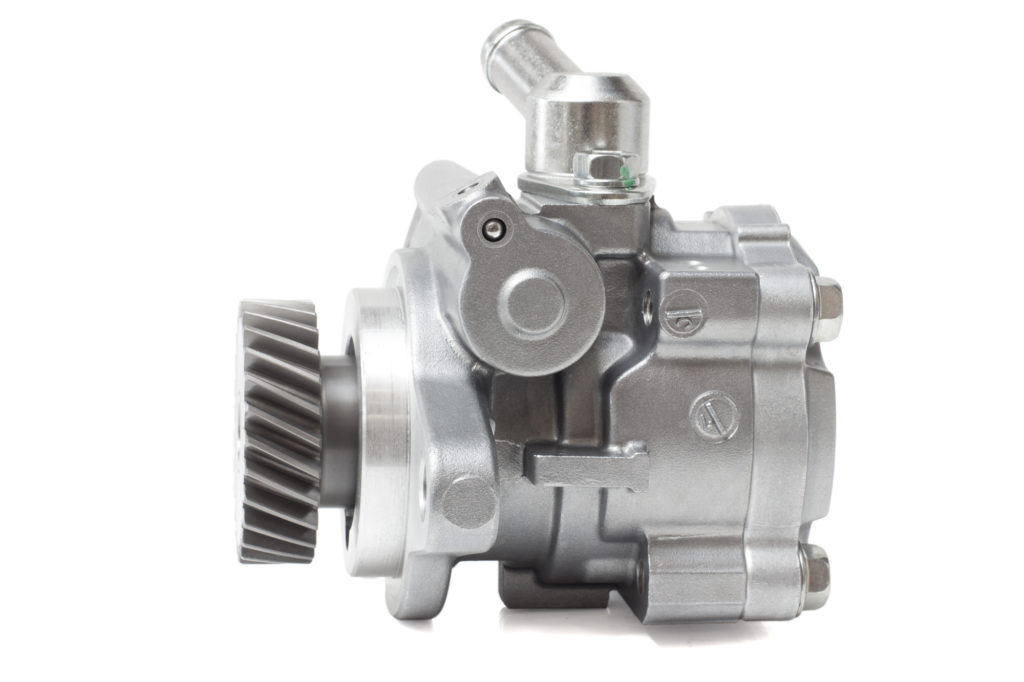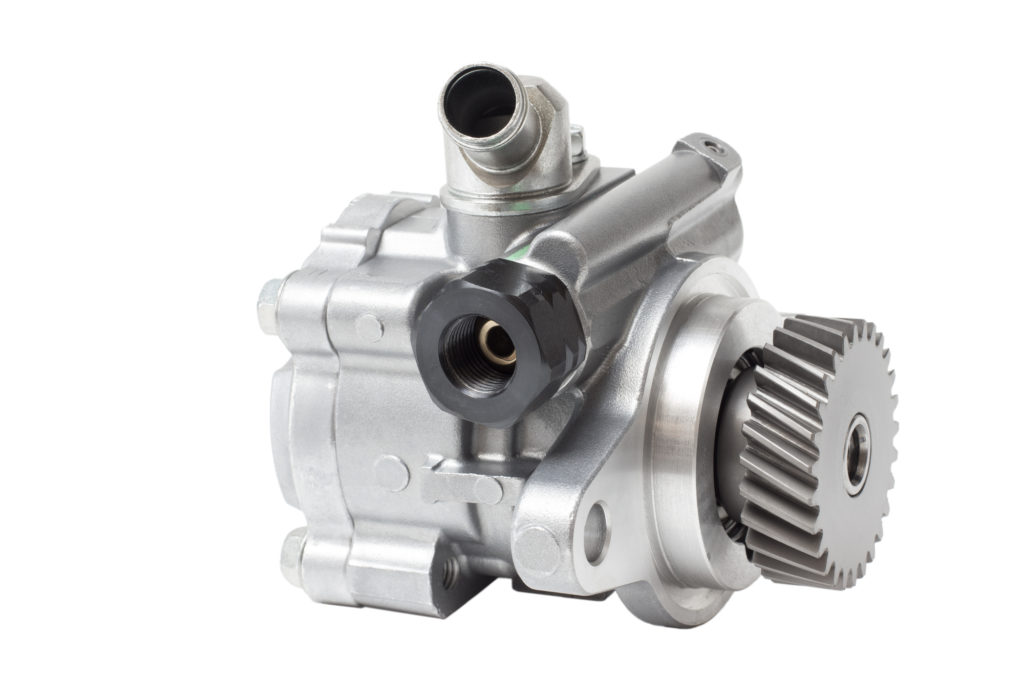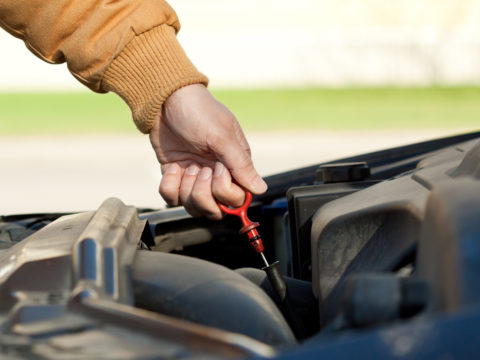Worried about your car’s oil pump and if you should repair or replace it? Besides the warning light on your vehicle’s dashboard, there are other signs of a failing oil pump to look for. This article will discuss how oil pumps work, common failure symptoms, and why oil pumps go out.
You’ll also learn ways to test your car’s oil pump for problems, how much it costs to replace the pump, and answers to frequently asked questions vehicle owners have. Keep reading to absorb everything you need to know about vehicle oil pumps.

Contents
How Does an Oil Pump Work?
Your car’s oil pump is usually located in either the oil pan or at the front of your engine. The pump works by forcing oil up from the pan and around the engine’s oilways. Once the oil circulates through the oilways, it goes back into the pan. The pump is responsible for recirculating oil, so your engine’s parts remain lubricated.
If you drive a vehicle with a bad or failed oil pump, you’ll ruin your engine. In the majority of cases, the engine will need to be replaced. As you may already be aware, a car’s engine is one of its most expensive components. Replacement costs will vary according to the number of cylinders you have, but you can count on spending $4,000 or more.
3 Common Symptoms of a Bad Oil Pump
The most common symptoms of a bad oil pump are:
- Low oil pressure, usually first indicated by the oil light on your dashboard. As the problem gets worse, you’ll probably notice a loss of engine power and engine stalling.
- Increased engine temperature, which is usually observable from your car’s dashboard. You’ll notice the temperature creeping up or a check engine light.
- Excess noise from the engine area.
Why Do Oil Pumps Fail?
Each vehicle will be different, but you can expect an oil pump to last between 60,000 and 70,000 miles with proper maintenance. This means you perform oil changes on time and use the right oil for your vehicle. You’ll want to check your owner’s manual or the manufacturer’s information online to see how long your particular oil pump should last.
Keep in mind that it’s either time or the number of miles, whichever comes first. If you use 12,000 miles per year as a guide, a typical oil pump should last between 5 and 5.84 years. However, yours may last shorter than that if you drive more than 12,000 miles a year.
Besides age and wear and tear, the other causes of oil pump failures are malfunctioning and improperly installed parts. If a repair shop installed your oil pump, there should be a guarantee on both the part and workmanship. Double-check the paperwork you received after the repair was completed or the shop’s policy. These repair and replacement part warranties are usually good for a specified number of miles or months.
Another common cause of oil pump failure is not performing proper preventative maintenance. That means skipping oil changes or a habit of doing oil changes late. Some vehicles need oil changes every 3,000 miles or 3 months, whichever comes first. Others, such as most Hondas, can go up to 6,000 miles or every 6 months before you need an oil change. Look at the manufacturer’s recommendations and follow them religiously.
You also want to ensure you’re using the right type of oil for your car. Repair shops should have all of this information on file, but you’ll need to look it up if you do your own oil changes. Again, the best reference is your owner’s manual. Don’t use another type of oil in the car, or you could be slowly damaging the engine’s components.
If your oil becomes contaminated, it can also lead to oil pump failure. Sources of contamination could be a leaking fuel line or oil that comes into contact with other liquids before it leaves the bottle. Finally, running a car with low oil levels can cause your oil pump to fail prematurely. Without the proper amount of oil, your car’s parts can’t get the lubrication they need to run well.
How to Test Your Oil Pump
Before you test your oil pump, you’ll want to locate it inside the oil pan. On most vehicles, the pump sits near the top of the pan. However, you might also find the pump near the crankshaft. To test the pump’s functionality, place a pressure gauge on the oil port. Record the readings you get.
Then, compare your gauge’s readings against the manufacturer’s recommendations. If the gauge shows your oil pressure is low, try cleaning the oil filter and checking the oil levels with the engine’s dipstick. After you do these steps, re-test the pressure with the gauge. If it’s still low, you’ll need to replace the pump. You can also try filling up the oil in your engine if the dipstick indicates you have low levels.

Oil Pump Replacement Costs
An oil pump will cost between $50 and $150. In most cases, you’ll also need a new oil pan gasket and gaskets for the front of your engine. If you take your car into a shop to replace the oil pump, you’re looking at $300 to $2,500.
Depending on how much work needs to be done, it can take 4 to 8 hours to replace the oil pump.
FAQ
Can You Drive with a Bad Oil Pump?
Usually not. You stand a high probability of causing engine damage.
How to Fix Oil Pump Problems?
It’s best to take your vehicle to a certified mechanic or repair shop to evaluate the extent of the problem and make repairs.
What Are the Signs of a Bad Oil Pressure Sensor?
In most cases, the oil light will remain illuminated on your dashboard or will come on intermittently.
Can a Bad Oil Pump Cause Loss of Power?
Yes, it can cause the engine to lose power, overheat, and stall.














